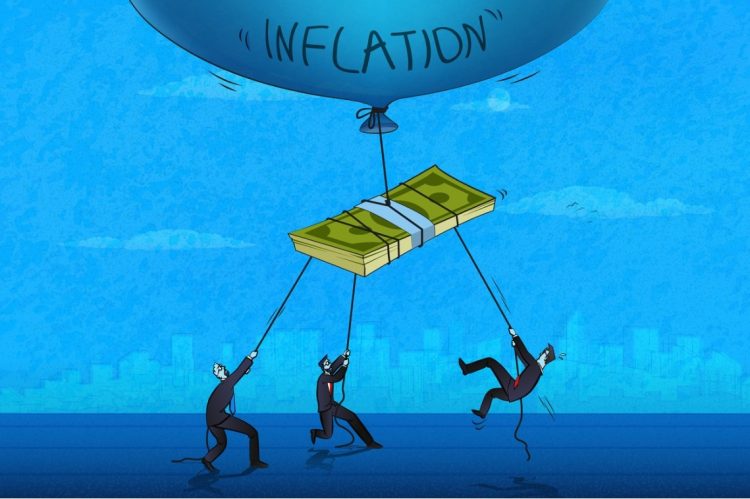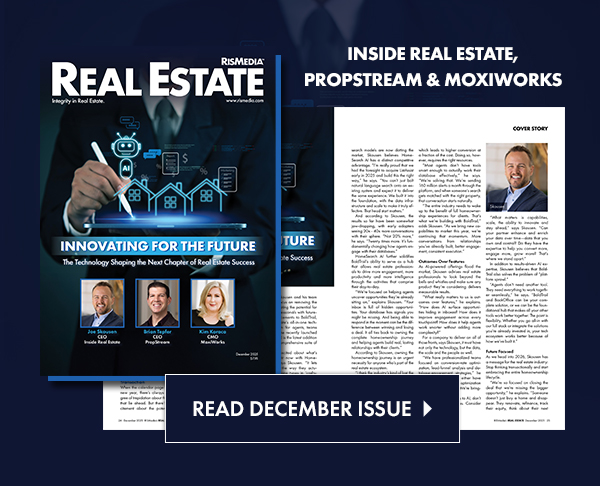At the latest Federal Reserve Board of Governors meeting, the board voted to keep rates unchanged. Fed Chair Jerome Powell said following the decision that the economy is on solid footing and the Fed intends to wait and see, with impacts of proposed tariffs likely to show up over the summer.
As economists wait for those impacts to fully materialize, the latest inflation data released Friday shows the rate rising slightly more than expected.
The Bureau of Economic Analysis’s Personal Consumption Expenditure (PCE), the Fed’s preferred method of measuring inflation, posted a 0.1% increase April to May 2025, which puts the annual inflation rate at 2.3%. This means inflation has inched slightly further away from the Fed’s long-maintained goal of reaching a 2% annual inflation rate.
Another metric separately measured by the index, consumers’ personal income, declined by 0.4%, or $109.6 billion, between April and May. Disposable income decreased by $125 billion, or 0.6%.
The Core PCE inflation index, which does not factor in changes to food and energy costs, rose 0.2% month over month. As reported by the New York Times, this is greater than economists had expected and could indicate an economic slowdown this summer as prices rise.
Among areas of spending, the greatest monthly increase in consumer spending came from housing and utilities, where consumers spent $13.7 billion more in May than they had in April. (Household furnishing and equipment spending saw a comparatively milder $1.2 billion monthly increase.)
These PCE results are also in line with the most recent findings from another inflation gauge—the Consumer Price Index, which found annual inflation ticking up 0.1% to be 2.4% in May.
The lower rate of consumer spending could indicate that consumers are holding back and being more cautious.
“Because consumers are not in a strong enough shape to handle those (higher prices), they are spending less on recreation, travel, hotels, that type of thing,” said Luke Tilley, chief economist at Wilmington Trust to the AP.
However, the most recent survey on consumer sentiment from the University of Michigan found that sentiment has actually reached a recent high point. The report states, though, that this reflects the low level of previous readings more than consumers being enthusiastic about the economy.
“Consumers feel they have some breathing room given that the historically high tariffs announced earlier this year have not been sustained, and the worst-case scenarios for the economy have not come to fruition,” said Joanne Hsu, the university’s director of the surveys of consumers. “However, consumers still worry that higher inflation and an economic slowdown are on the horizon, and they remain very cautious. At this time, they are not connecting Middle East developments to the economy.”
Some experts were more optimistic about the PCE findings. Ed Al-Hussainy, an interest rate strategist at the investment firm Columbia Threadneedle, told the New York Times that “this is basically the best data set you would ask for going into an inflation shock. Then we’ll see how big and persistent it is six months from now.”
For the full release, click here.












